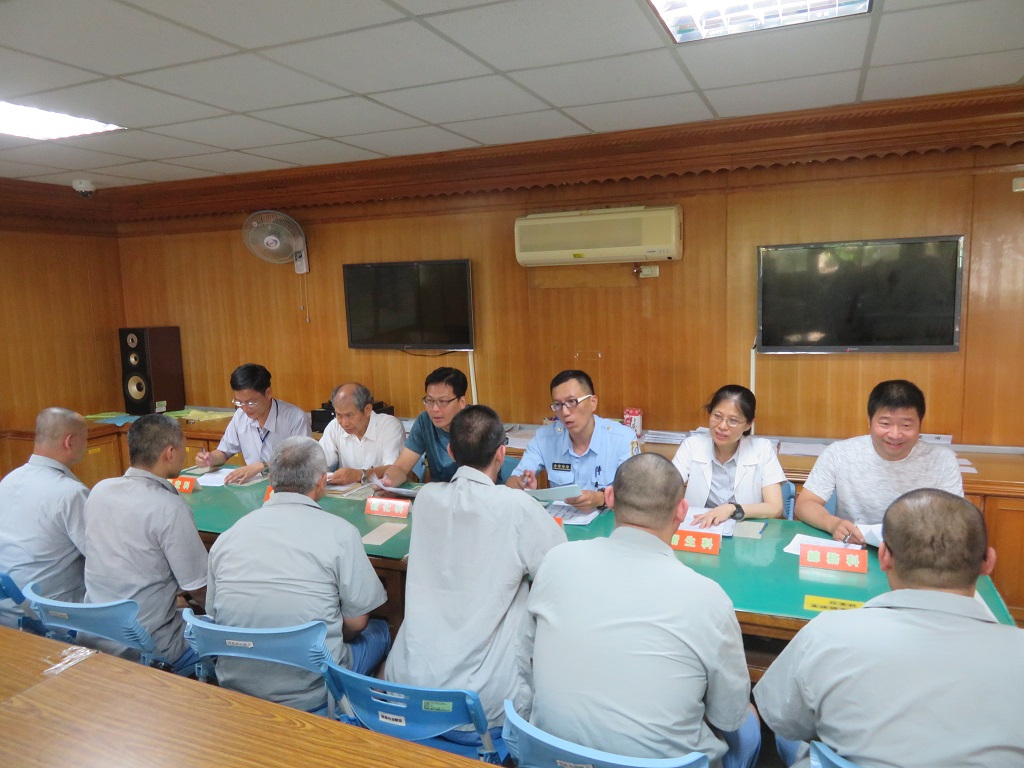Investigation and Classification
- Publication Date :
- Last updated:2025-06-25
- View count:3116

Investigation and classification is basic to the execution of a penalty. Crime is like a disease and the prison has the healing function. When an inmate is admitted into a prison, the prison, like a hospital establishing case history, needs to investigate, directly or indirectly, the age, temperament, education, occupational skills, health state, religious belief, story of the offense, and the complex cause of the defense. At the same time, it needs to test and analyze the inmate’s individuality and characteristics in order to plan corrective measures for him. It needs also to adjust the corrective plan from time to time by widely collecting information and establishing a scientific and individual file. This is helpful to seize the first opportunity for correcting the deviations of the inmate. Before he is released into society, the case is reviewed to help him acquire direct or indirect after-care and protection in society and family reunion. Those who are homeless and gravely sick, or who have communicable diseases or mental diseases, have to be settled after discharge by the welfare and health organizations of the local government, including the after-care associations. This can help them adapt themselves to life in society, prevent recidivism, and contribute to the maintenance of law and order. The scope of investigation and classification is as follows:
- Orientation lecture: In which the inmate is taught about the meaning of modern execution of penalties, the rules of the prison, and his rights in the prison, to calm him down.
- Direct investigation: The inmate will be asked, or directly or indirectly observed, about his education background, vocational skills, story of the offense, and health state in order to build a computer file.
- Indirect investigation: This is about inmate’s family situation, social background, entertainment and creation, interest, and creed. The information is collected from his family and the local police for reference.
- Psychological test: Tests on inmates’ intelligence, aptitude, interest, and personality are conducted according to his character, ability, physical and mental state, educational background, and the length of prison sentence. The results of the tests will be analyzed as basis for formulating corrective measures, review, comprehensive judgment, and change of the corrective measures.
- Photo file: According to Ministry of Justice stipulation, three pictures are taken for a newly inducted inmate to show his images of wearing long hairs, having a shortcut, and being shaved to the skin of his head. These images are built into the computer file to avoid the leakage as may happen if the pictures are printed in a commercial photo shop. This also cuts down on the cost.
- After-care and protection: When an inmate is discharged, he is subsidized for the travel expense, escorted home, sent to a hospital for medical treatment or a nursing home for settlement, or assisted with employment or other after-care and protection.
- Questionnaire survey: Assistance is given to academic organizations or colleges that send people to the prison to interview inmates, poll them with questionnaires, and conduct tests for academic studies.

